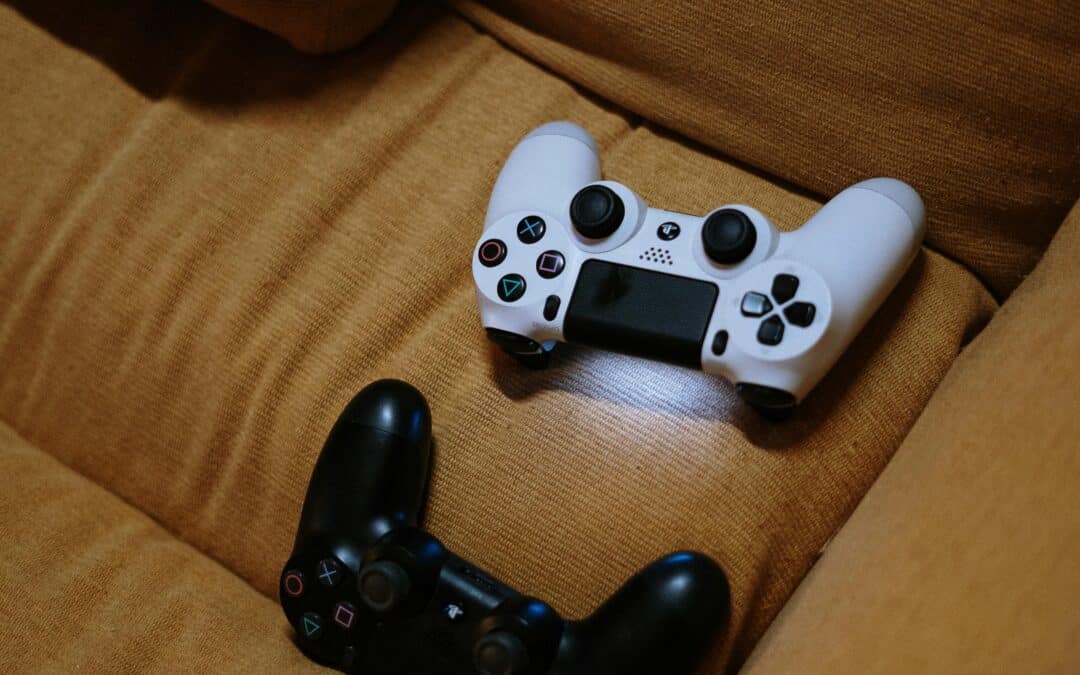What Trademark Class are Video Games In?
The complex answer is that video games can appear in multiple trademark international classes.
Nice Classification
The International Classification of Goods and Services for the Purposes of the Registration of Marks, commonly referred to as the Nice Classification, is an international system used to classify goods and services for the registration of trademarks and service marks. It was established by the Nice Agreement in 1957 and is administered by the World Intellectual Property Organization (WIPO). The classification system is updated periodically, with the current version being the 11th Edition, which came into force on January 1, 2023.
The Nice Classification is divided into 45 classes: Classes 1 through 34 cover goods, and Classes 35 through 45 cover services. Each class provides a broad indication of the fields to which the goods or services belong, making it easier for trademarks to be registered and searched across different countries.
It’s important for trademark applicants to carefully select the appropriate class or classes when applying for registration, as this can affect the protection of the trademark and the scope of rights granted. The classification does not preclude the possibility of registering the same mark for goods or services in more than one class; however, separate applications may be required for each class of interest.
Video Games
Many sets of descriptions come under Class 9 representing Electrical and Scientific Apparatuses. This would include descriptions such as “Downloadable video game software”, “Downloadable video game programs”, “Downloadable multiplayer video game software”, “Downloadable co-op video game software”, and “Video game discs”.
Many sets of descriptions come under Class 28 representing Toys and Games. This would include “Video game machines”, “Video gaming consoles for playing computer games,” “Video game consoles for use with an external display screen or monitor”, “Coin-operated video games“, “Stand alone video game machines”, and “Video game consoles”.
Many sets of descriptions come under Class 41 representing Education and Entertainment. These would include “Production of video and computer game software”, “Entertainment services, namely, providing temporary use of non-downloadable video games“, “Entertainment services, namely, providing online video games“, “Entertainment services, namely, providing online player versus player (PvP) video games“, and “Entertainment services, namely, providing online first-person shooter (FPS) video games“.
Many sets of descriptions come under Class 42 representing Computer and Science services. These would include “Video and computer game development services”, “Development of video and computer games“, and “Computer programming services for creating augmented reality videos and games.”
Considerations
Many trademark applications are filed under multiple classifications of goods and services. It would not be unusual for a video game trademark to be represented by an application or registration over multiple classes.
Our process here at Verna Law, P.C., would be to consult with our client to discuss what the video game looks like, what the business model is for the video game, and how users are able to access the video game. Then we would perform a trademark search, draft an opinion letter based upon the search, and discuss with the client before filing the trademark application for the video game.
Do you have questions about registering your trademark for your video game? Ask us here at Verna Law by sending an e-mail to anthony@vernalaw.com or by calling us at 914-908-6757.


Recent Comments